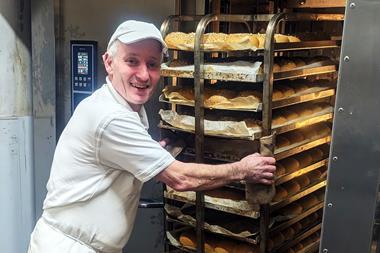As we approach the end of July, thoughts turn to the upcoming harvest. After the wettest summer for at least two centuries there are inevitably concerns about wheat quality.
While the situation in those parts of the West Country and Yorkshire that were flooded is dreadful, elsewhere the majority of wheat crops are at least still standing.
Dry weather in April has limited nitrogen uptake in many areas and if it follows the same pattern as France, the harvest is now likely to come in slightly below expectations in terms of yield. It is too early to make any estimate of quality.
Crops look rather dirtier than in recent years and there are obviously concerns about potential sprouting. Nevertheless, standing wheat at least has a chance to dry and quality may be preserved, although variability is likely. The UK now needs three weeks of calm, sunny weather to allow grain to ripen fully, moisture levels to fall and harvest to be completed.
A period of calm would also be good news in grain markets. According to the HGCA, bread wheat delivered to the north west in November stood at £174 per tonne on 26 July, some £70 per tonne above last year’s equivalent. This is also about £15 higher than when announcements of flour price increases were made a fortnight ago. Quotations for biscuit wheat are also well up over the last fortnight.
But significant market fluctuation can be expected over the coming weeks depending on the weather and the harvest in the UK and elsewhere.
































No comments yet